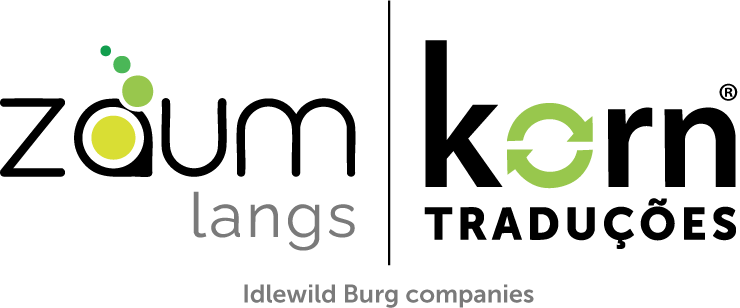Editoração eletrônica: otimizando a qualidade da tradução
CONCEITO
Editoração eletrônica ou Desktop Publishing é uma área da produção gráfica ligada aos recursos digitais e à computação. Nela são utilizados softwares de criação (Corel Draw, Photoshop, Adobe InDesign, Microsoft Word e Quark) na edição e na produção de materiais visuais como flyers, folders, revistas, jornais etc., constituindo um processo comumente conhecido como diagramação.
Essa atividade pode ser complexa, pois envolve domínio e habilidade com tais ferramentas a fim de realizar essa composição.
TRADUÇÃO
Aplicado à tradução, o Desktop Publishing tem como objetivo realizar o trabalho de tradução da parte textual sem interferir na formatação visual do documento. Por essa razão, ele está ligado a qualquer tipo de tradução, seja ela técnica, jurídica ou para marketing.
Um exemplo interessante desse tipo de tradução é o de um cliente da ZAUM que precisava da tradução de um material para um curso de seu sistema interno de aprendizado. Na composição desse material, havia um documento em Word e outro em Power Point, e esses estavam ligados por links internos que gerenciavam sua intersecção e o acesso mútuo entre essas ferramentas.
O primeiro passo foi realizar a tradução de todos os trechos e inseri-los em uma outra versão identificada do documento, respeitando a normatização do cliente. Além da formatação estética, que sempre é primordial, nossos profissionais realizaram a configuração dos links de acesso entre documentos por meio da codificação de uma máscara oculta em cada um dos slides presentes no documento Word. Assim, ao clicar neles, o usuário teria acesso direto ao Power Point também traduzido.
Nota-se então, que a editoração eletrônica vai além de questões como design e marketing; na verdade, ela faz parte do processo de entrega de serviços de tradução com qualidade, devidamente configurados às necessidades do cliente, para proporcionar a melhor experiência ao consumidor final desses produtos.
O exemplo citado foi apenas uma demonstração da importância da edição cuidadosa dos produtos traduzidos e, para a ZAUM, isso se constitui como uma das premissas das avaliações de qualidade de nossos serviços.
